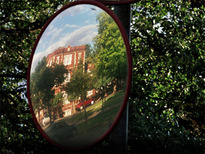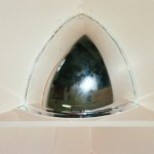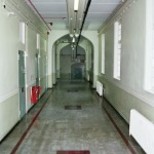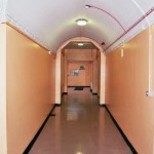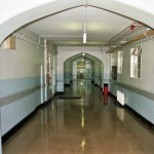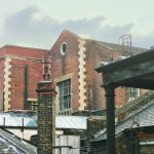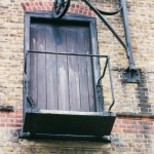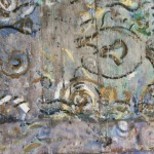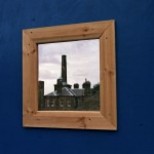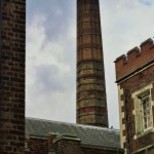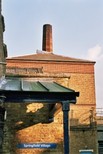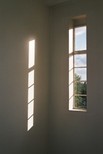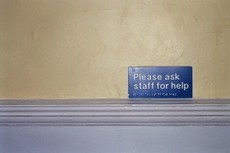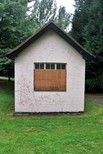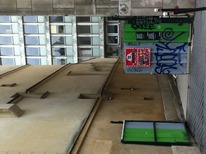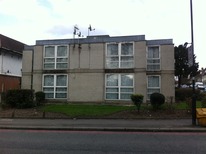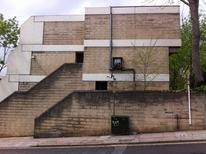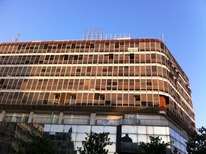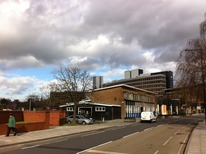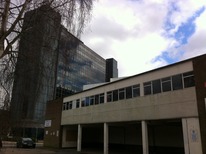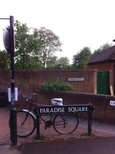Gallery
The first twenty or so pictures were taken a while back on evening walks round a well-known asylum in urban south London. The layperson might find it difficult to believe but it is still in use, though for staff rather than patients, who are housed in curious, discordant and cramped blocks elsewhere on the site. Plans over the past decade to convert the vast space behind its Grade II listed exterior into hundreds of flats have foundered on the rocks of institutional over-ambition and the reactive insularity of local, and vocal, residents.
Whatever the shortcomings of the treatment that was provided in it from 1840 for the next 100 years or so until the invention of antipsychotic drugs, the original building itself conveyed the aesthetic, and altruistic, vision which lay behind it. This was characterised by a sense of care and thoughtfulness, grandeur in the face of stigma and scapegoating, coherence and permanence. And however cruel these treatments inevitably seem in the latest version of enlightenment today, everyday needs were humanely catered for on-site: employment, distraction, a sense of community and belonging, exercise, spirituality, creativity and so on. While today’s mental health ideologues pay lip-service to all of these, in practice they remain wished for rather than realised, mainly because of the straightforward logistical difficulty of providing, funding and coordinating them when beneficiaries are scattered, mainly these days, in their own homes in the community. Safe, humane and holistic care is actually easier to provide under one roof than it is under many.
Whatever. Maybe, the message to get from these pictures is the first law of mental health practice: that today’s innovative practice is tomorrow’s cruelty, today’s bright idea, tomorrow’s folly.
Other photos which follow are bi-polar snapshots of beauty on the one hand and brutality or dereliction on the other – with a kind of implicit question: to what extent do our surroundings affect, other than at the moment of observation, our mood or overall mental health?
Can buildings or landscapes make us ill or well? And if not, why bother?
